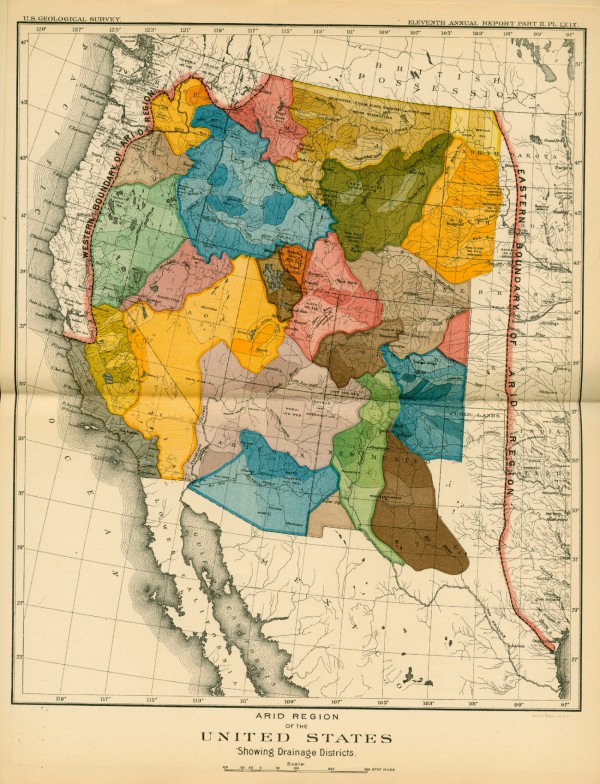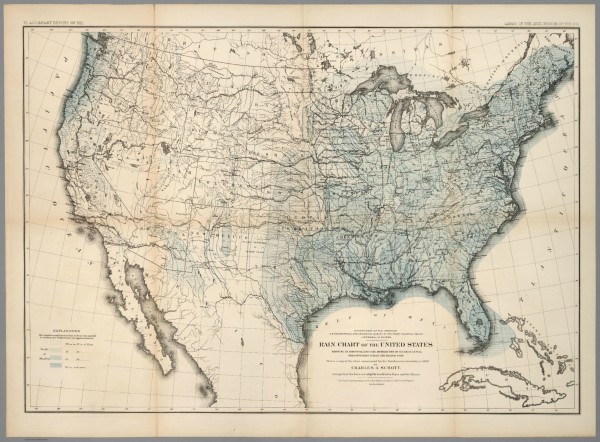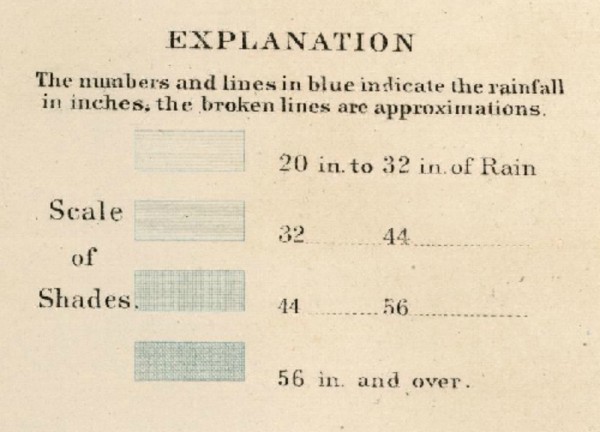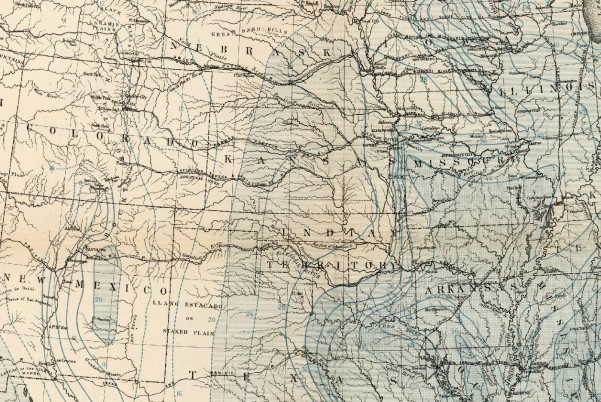A radically different kind of west
In the decades after the Civil War, Americans rushed headlong into the west. By 1890 Kansas and Nebraska had over a million inhabitants, and over six million lived in the seventeen states and territories that made up the region. It was a moment of palpable excitement about the region’s promise.
In that moment of supreme confidence, however, one voice reminded Americans that these outsized expectations could never be realized given that west of the 100th meridian—from the Dakotas down through east Texas—there was insufficient rainfall to sustain agriculture. That voice was John Wesley Powell, a hero of the Civil War who lost an arm fighting the rebels at Shiloh before leading equally heroic expeditions in the remotest areas of the west, most notably down the Colorado River. These expeditions convinced him that the scarcity of water would become the single most important influence in western development. Outside for the Pacific Northwest, the arid lands of the west could not be farmed without irrigation.
In the 1880s, Powell spent much of his energy trying to convince Congress that this situation demanded the end of the widespread, freewheeling distribution of land that had led to speculation on the one hand and brutal failure for small homesteaders on the other. His most innovative weapon in this battle was a map that proposed an alternative, even shocking, vision for the west. Had his advice been heeded, the west would look very different indeed.
The map is so beautifully and colorfully executed that its message could easily be lost, but Powell was deadly serious about his proposal. The arid west, he insisted, ought to be organized not by the logic of the grid or existing state boundaries, but by the far more important and influential fact of watersheds. All decisions about settlement and politics must flow from these units; everything else was secondary. Within these water districts, Powell even speculated that the people themselves must be given cooperative control of the resources. Overly idealistic perhaps, but entirely understandable in an era where rampant speculation meant that railroad and other corporations were increasingly in control of the best and most arable tracts of land.
In a way, there was nothing new or surprising about Powell’s characterization of the west as a permanently arid region. In the 1820s—well before the region was even part of the United States—explorer Stephen Long made his way up the Missouri and Platte Rivers across arid, treeless plains. By the end of the journey he had concluded the region was best left as permanent Indian Territory, and dubbed it “the Great American Desert.”
Long’s characterization was confirmed a few decades later, when the first maps of climate and rainfall showed Americans a nation that was essentially divided by the Mississippi River: well watered to the east and increasingly arid to the west. One of these maps circulated widely in the 1870s, using shades of blue to designate the severe absence of rain in the western interior.
This map of rainfall demonstrated to Major Powell that the rush to settle the plains and beyond was a disaster in the making. It was this stark visual evidence that inspired him to use maps to propose an alternative path for western development. Congress was intrigued, and briefly renewed his funding for research toward a comprehensive plan of irrigation. But Powell’s vision, however compellingly presented and argued, was simply too far removed from contemporary interests and assumptions about growth. It didn’t help matters that he was stubborn, and exuded the passion of an evangelist that rubbed many Senators the wrong way. Soon after his testimony, the Senate shut down Powell’s irrigation survey.
By the 1890s Powell’s ideas made him a household name among in California, though the irrigation enthusiasts had stripped away the cautious tone and replaced it with boundless enthusiasm for the future of agriculture. In the twentieth century, California’s vineyards and citrus groves became the envy of the world. At this moment, the entire state is in severe drought that extends across much of the southwest to Oklahoma, now in its driest year on record since the Dust Bowl in 1936. We might consider how different the west might look now had Powell’s ideas gained just a bit more traction over a century ago.
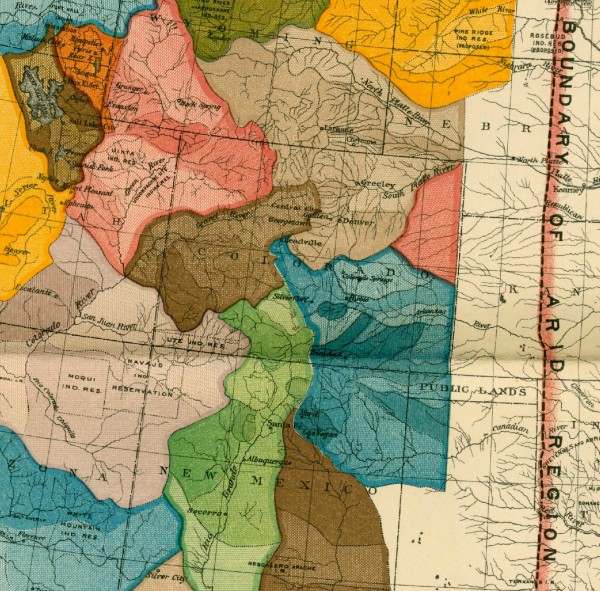
Use controls to zoom and pan.
